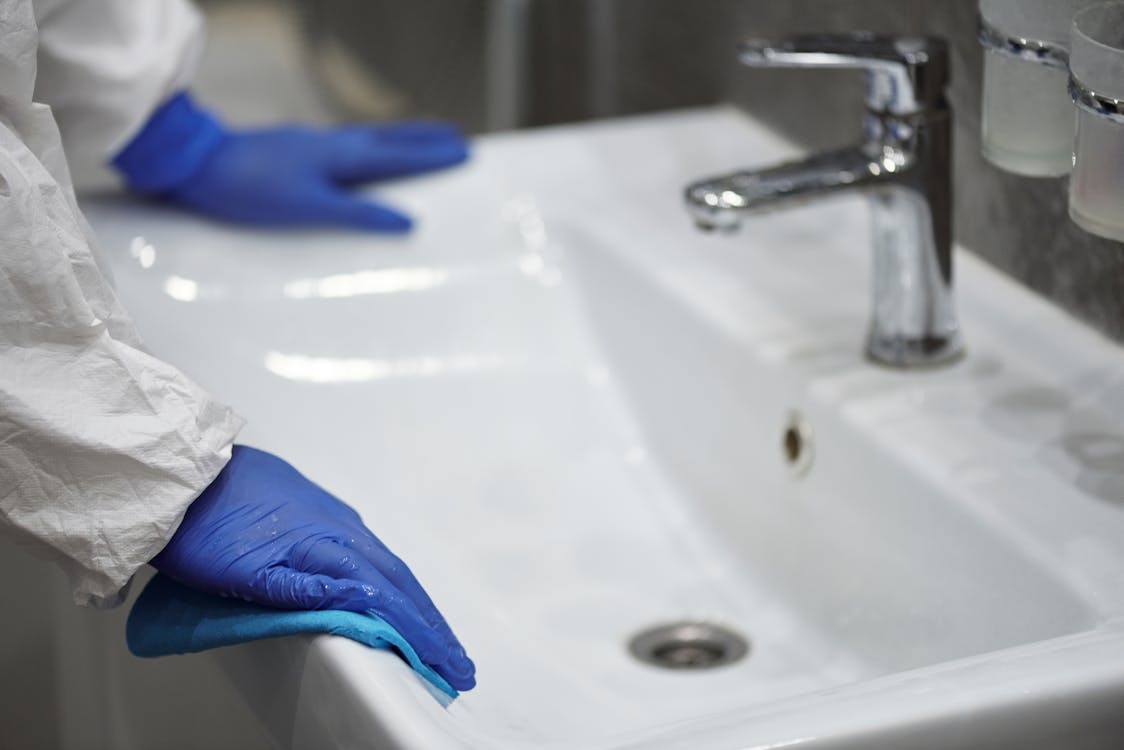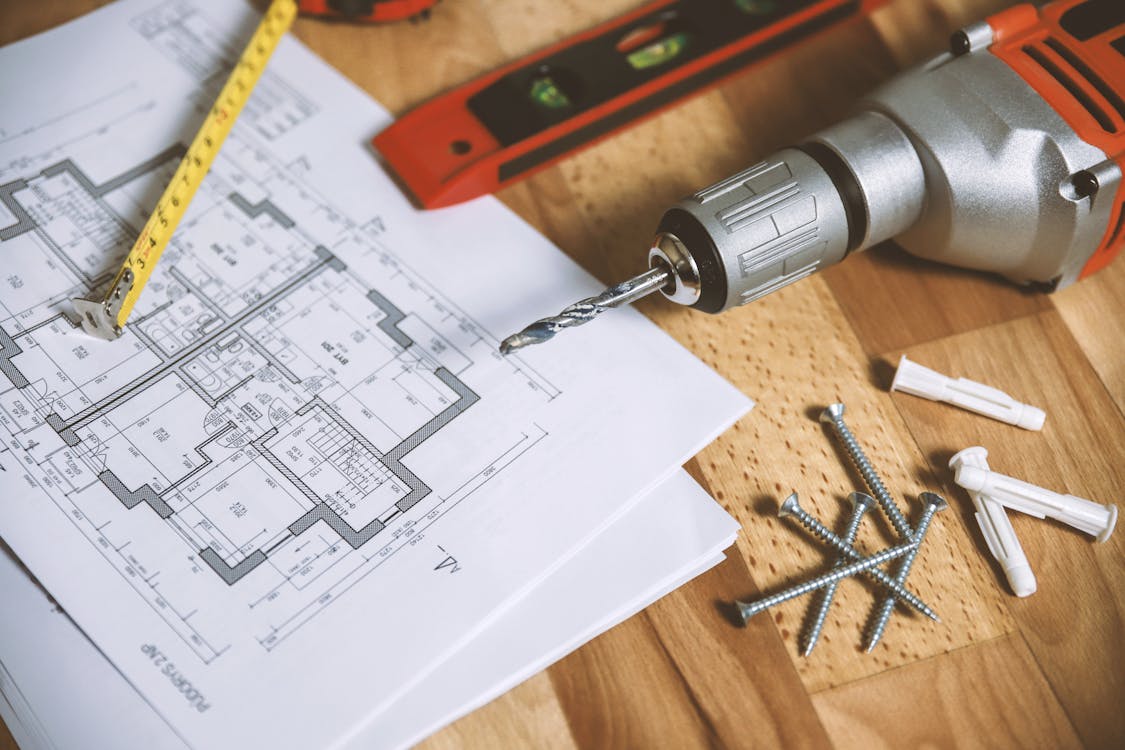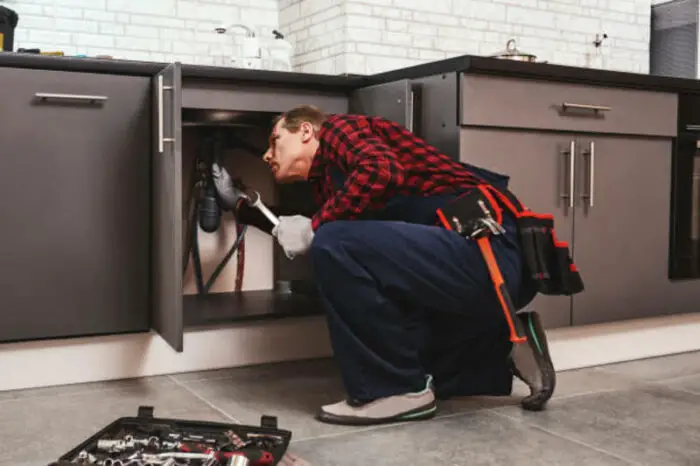While DIY plumbing repairs can save money and make things quicker, they can also be dangerous if done incorrectly. Here are some essential dos and don’ts to remember when tackling your home plumbing projects.
One of the most important tips is to turn the water off before beginning a repair. It will limit the damage to your home if a leak occurs.
Dos
Before you start your project, it’s always a good idea to ensure you have the appropriate tools for the job. This way, you won’t find yourself stranded in the middle of your work, having to run to the store to pick up the supplies you need.
A plumber from Aquatrade Plumbing can give you an idea of what tools you’ll need and where to buy them. It’s a great way to save money regarding home repairs.
When tackling plumbing tasks, you’ll be working with many chemicals and materials, so wearing protective gear is essential. It includes gloves for handling caustic substances like drain cleaners and a face mask to protect your skin and lungs from toxic fumes.
You should also wear safety goggles when using power tools or any chemical products to help prevent eye injury. It only takes one drop of a toxic chemical to cause a serious eye injury, and it’s not worth the risk.
If you’re performing a plumbing repair, it’s also a good idea to watch for leaks. These can be difficult to spot, and they can even lead to mould and mildew in your walls or ceilings.
Don’ts

Often, a DIY plumbing repair might seem like the perfect way to save some money. But in reality, it could result in more damage than you anticipated. And if you’re not careful, the mess can lead to severe problems with your plumbing system or home.
For starters, you might not want to take on a project that involves digging. Unless you have experience in this type of work, it’s best to call a professional plumber for this sort of job.
If you’re considering trying a DIY plumbing project, start with small repairs and fixes. This way, you can practice and get used to the process before taking on more complicated tasks.
While it might be tempting to use commercial drain cleaners as a quick fix, these can wreak havoc on your pipes and the environment. Instead, plunging and using a plumber’s snake might be better options for cleaning out your pipes.
Finally, always shut off the water before you begin any plumbing project or repair. It will help to prevent any potential injuries from a leaky pipe or burst valve.
The last thing you want is to end up with a flooded basement or worse. If you make a mistake, calling a professional can help minimize the damages and save your property.
Ultimately, the dos and don’ts of DIY plumbing repairs are simple: Know your limits, stay safe, and call a pro for any more complex issues. It might be intimidating to tackle some of these jobs, but it’s worth it for the peace of mind and savings you’ll enjoy in the long run.
Tools

There are several essential tools that every homeowner should own to be able to complete plumbing repairs on their own. These include a plunger, a metal file, a water shut-off valve key and more.
A plunger is an excellent tool for homeowners to have on hand because they are a very effective way to remove drain clogs from toilets, sinks and tubs. Several different plungers are available, so it’s crucial to pick one that works best for your specific needs.
Another fundamental plumbing tool is a rat-tail file. This metal file smooths the edges of pipes cut with a hacksaw or a tubing cutter. It is also helpful for removing burrs from the metal pipe that has been cut.
This file is handy for cutting copper or PVC plastic pipes. It can make precise cuts with little effort, and it is an excellent tool for working in tight areas that require precision.
It is also helpful for removing bolts or nuts that are stuck. These can be very difficult to cut with a pair of scissors.
A hacksaw is a powerful tool that is used to cut through metal and plastic pipes as well as bolts or screws that are stuck in place. It is a valuable addition to your plumbing tool kit.
In addition, a tubing cutter is very efficient for making quick, clean cuts in copper and PVC plastic pipes. It is also helpful for resizing pipes that need to be replaced or rebuilt.
Lastly, a plumber’s putty is a handy tool for preventing leaks around faucets and drains that don’t have a seal. It is essential for older houses that may have faucets that are hard to reach with other tools.
These tools are inexpensive and can be purchased at your local hardware store or online. Some of them may even come with instructions on how to use them.


